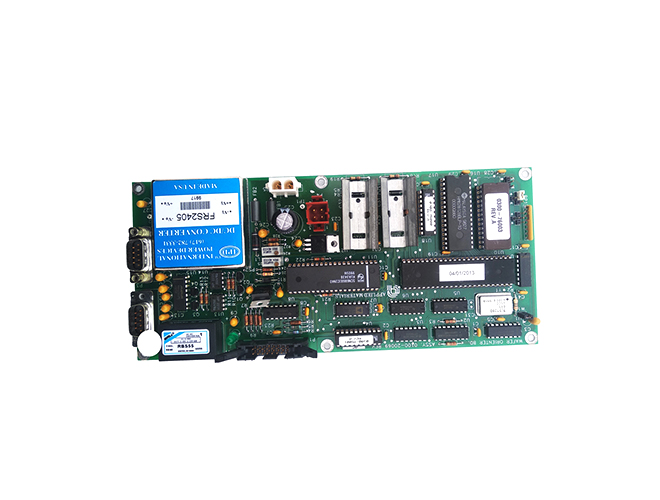-
CN
-
Service Hotline
+8618129931046 Mr. Liao


Time:2025-04-25 Views:1

The production process of high - frequency and high - speed PCBs is more complex and demanding compared to standard PCBs due to the strict requirements for signal integrity, impedance control, and dimensional accuracy.
The process starts with material selection, as described earlier, where materials with low Dk and Df values are chosen. After selecting the appropriate substrate material, the PCB is designed with careful consideration of impedance control. The width, thickness, and spacing of the traces are precisely calculated to achieve the desired characteristic impedance, such as 50 ohms or 75 ohms, depending on the application.
The next step is copper lamination, similar to the process in single - sided PCB production. However, for high - frequency and high - speed PCBs, the copper foil quality and the lamination process need to be more precise to ensure a smooth and uniform copper surface, which is crucial for minimizing signal loss.
Photolithography plays a vital role in the production process. High - resolution masks and advanced exposure systems are used to transfer the fine - pitch circuit patterns accurately. The alignment of the mask and the substrate is critical to ensure the correct placement of the traces and pads. After exposure, the photoresist is developed, and the etching process is carried out. Specialized etchants and precise control of the etching process are required to achieve the accurate trace dimensions and maintain the desired impedance.
For high - frequency and high - speed PCBs, via formation is more complex. Blind vias, buried vias, or microvias may be used to reduce signal loss and improve signal integrity. Advanced drilling and plating techniques, such as laser drilling and electroplating, are employed to create these vias with high precision. The plating process needs to ensure a uniform and reliable connection between the different layers of the PCB.
After the PCB is fabricated, impedance testing is performed to verify that the actual impedance of the traces matches the designed value. If there are any deviations, corrective measures may be taken, such as adjusting the trace width or adding impedance - matching components. Surface finishing is also an important step. Gold - plating, silver - plating, or immersion tin are common surface finishing methods used in high - frequency and high - speed PCBs to improve solderability and electrical conductivity.
Finally, the PCB undergoes a series of quality control tests, including visual inspection, electrical testing, and X - ray inspection. These tests ensure that the PCB meets the strict quality standards for high - frequency and high - speed applications, with no defects that could affect signal integrity or functionality.